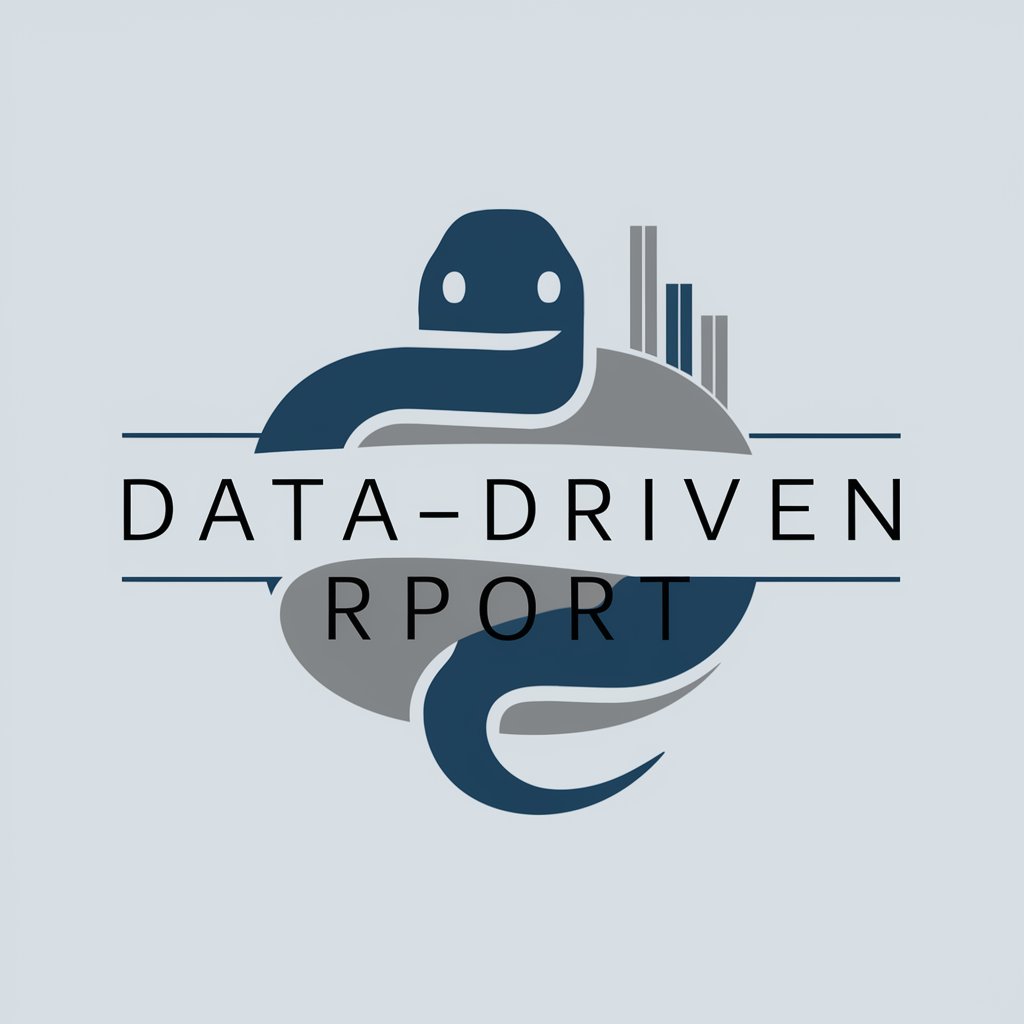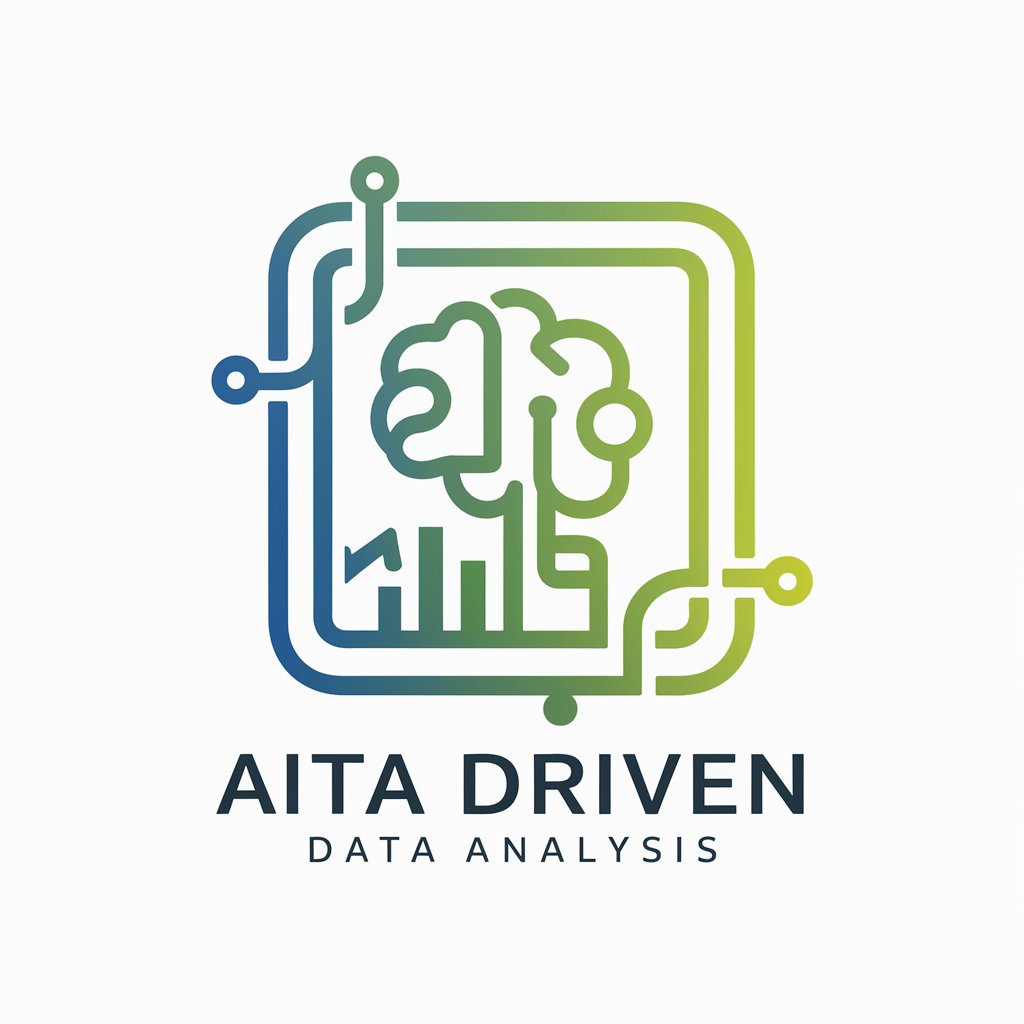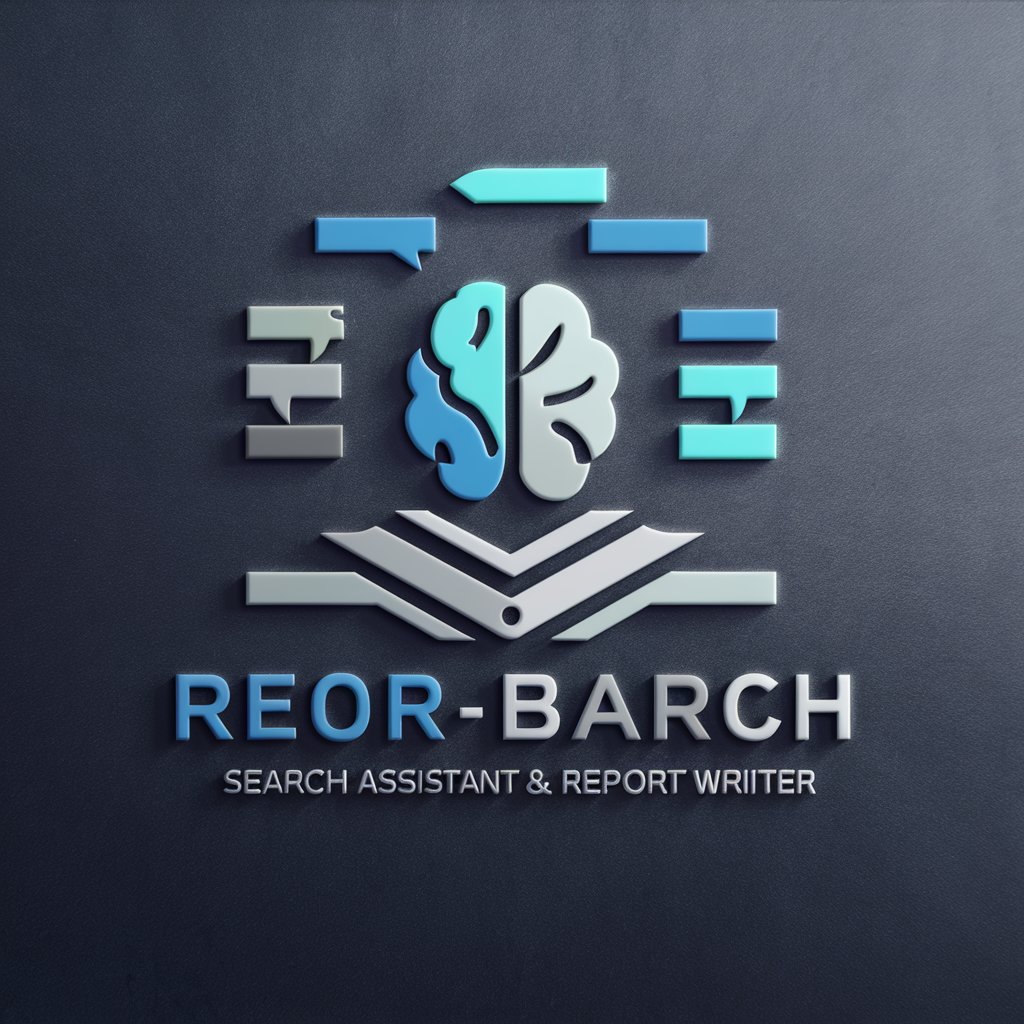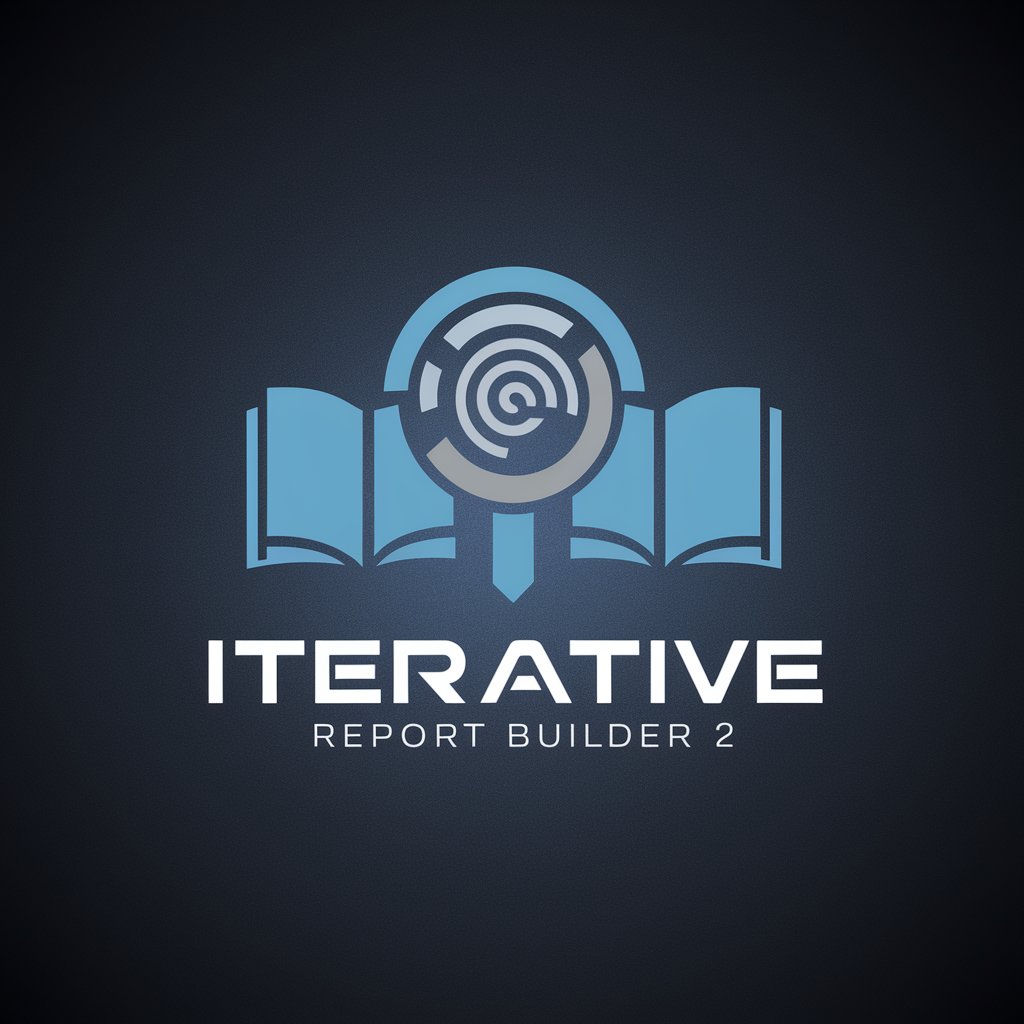
Data-Driven Report - Advanced Data Analysis

Welcome! Let's dive into data-driven insights together.
AI-powered Insights for Informed Decisions
Explain the importance of data-driven decision making in business.
Describe how to effectively present data in a report.
Outline the steps for creating a data-driven report using Python.
Discuss best practices for visualizing data in a report.
Get Embed Code
Understanding Data-Driven Report
Data-Driven Report is a specialized tool designed to support the creation, analysis, and presentation of data-driven reports. Its core purpose is to provide insights, suggestions, and guidance based on data analysis and reporting principles. This includes understanding and interpreting data, recommending effective structures for presenting information in reports, and ensuring accuracy and clarity to support data-informed decisions. An example scenario illustrating its use is when an analyst seeks to identify trends within a dataset. Data-Driven Report could suggest the most appropriate statistical methods for trend analysis, recommend visualization techniques to clearly present the findings, and guide on how to contextualize these findings within the report to ensure they are informative and actionable. Powered by ChatGPT-4o。

Core Functions of Data-Driven Report
Data Analysis Guidance
Example
Offering recommendations on statistical methods for analyzing complex datasets.
Scenario
An analyst working on market research data wants to understand consumer behavior trends over time. Data-Driven Report suggests employing time series analysis to uncover patterns and provides guidance on interpreting the results.
Report Structuring Advice
Example
Advising on how to structure reports for clarity and impact.
Scenario
A project manager needs to report project outcomes to stakeholders. Data-Driven Report helps structure the report, ensuring it highlights key achievements, addresses project objectives, and presents data effectively to support conclusions.
Visualization Techniques
Example
Recommending visualization tools and techniques to enhance data presentation.
Scenario
A public health official needs to communicate the impact of a health intervention. Data-Driven Report suggests specific charts and graphs to visually represent the before-and-after statistics, making the data more accessible to a non-technical audience.
Ethical Data Handling
Example
Guidance on ethical standards in data handling and reporting.
Scenario
A researcher handling sensitive participant data seeks advice on ethical reporting. Data-Driven Report provides recommendations on anonymizing data and ensuring that the report adheres to data protection laws and ethical standards.
Target User Groups for Data-Driven Report Services
Data Analysts and Scientists
Individuals who handle large volumes of data and require assistance in analyzing, interpreting, and presenting data in an informative manner. They benefit from guidance on statistical methods, visualization techniques, and structuring reports to convey findings effectively.
Business Professionals
Managers, consultants, and decision-makers who rely on data to inform strategy, policy, and operations. These users benefit from clear and accurate data presentations that support decision-making processes and strategic planning.
Academic Researchers
Researchers who need to present their findings in a structured and ethical manner. They benefit from advice on data analysis, report structuring, and ensuring their reporting adheres to academic standards and ethical guidelines.
Public Sector Officials
Officials who need to report on policy outcomes, public projects, or health interventions. They benefit from support in making complex data understandable to a broad audience, ensuring transparency and accountability in public reporting.

How to Use Data-Driven Report
Start Your Journey
Begin by visiting yeschat.ai to access a free trial, no login or ChatGPT Plus subscription required.
Understand Your Data
Identify the data you want to analyze. This could be anything from sales figures to academic research results. Ensure your data is clean and organized.
Choose Your Analysis Type
Decide on the type of analysis or report you need, such as trend analysis, predictive modeling, or performance reporting.
Interpret Results
Use the tool's insights and visualizations to interpret your data. Look for patterns, trends, and actionable insights.
Apply Insights
Implement the insights gained from your report into your strategy or research. Use the findings to make informed decisions or to further refine your study.
Try other advanced and practical GPTs
Yui
Your AI-powered intimate companion.

Research Paper Polishing
Elevate your research with AI-powered editing.

CineTitler
Elevate Your Videos with AI-Powered Titles

GPT Commander
Empowering efficient command execution with AI

API Integration Wizard
Empowering AI with API Connectivity

FM Mentor
Empowering FileMaker development with AI

FridgeMate - AI Recipe Generator
Transform ingredients into gourmet meals with AI

Tea Sage
Discover the art of tea with AI

PósGenéticaBR
Unleashing Genetic Insights with AI

Ocean Explorer Assistant
Dive deeper with AI-powered ocean exploration.

Generador de clones de imagen a texto
Transforming images into detailed text descriptions.

Customer Service Tutor
Elevate Your Service Skills with AI

Data-Driven Report Q&A
What is Data-Driven Report?
Data-Driven Report is an AI-powered tool designed to assist users in creating, analyzing, and presenting data-driven reports. It supports various types of data analysis, offering recommendations on how to structure and present information effectively.
Who can benefit from using Data-Driven Report?
Researchers, data analysts, business professionals, and students can all benefit from using Data-Driven Report to make informed decisions based on data insights.
Can Data-Driven Report handle large datasets?
Yes, it is equipped to analyze large datasets, providing insights and visualizations to help users understand complex data.
How does Data-Driven Report ensure data privacy?
Data privacy is a top priority. The tool uses secure processing methods to ensure that user data is handled confidentially and ethically.
What makes Data-Driven Report unique?
Its AI-powered capabilities allow for advanced data analysis and reporting, offering users not just data insights but also recommendations on how to apply these insights effectively.





